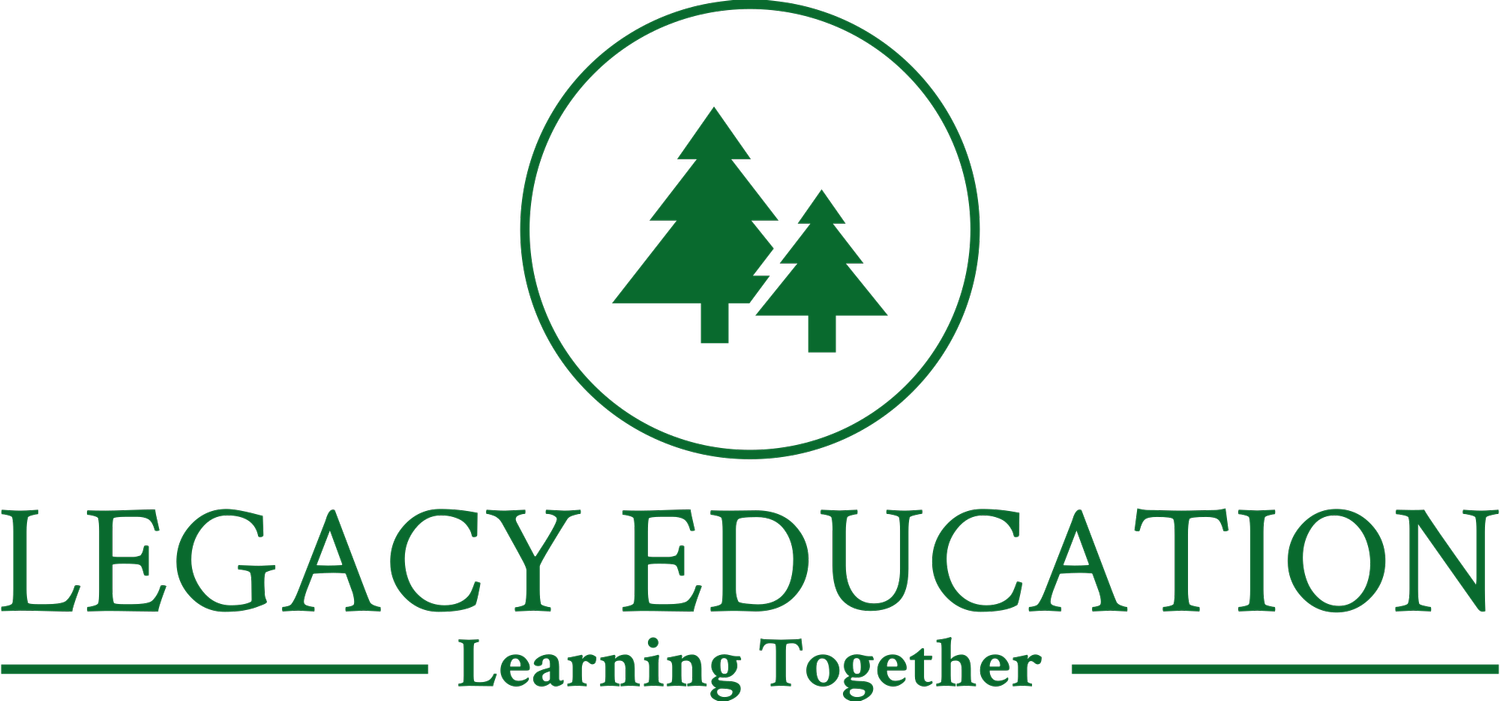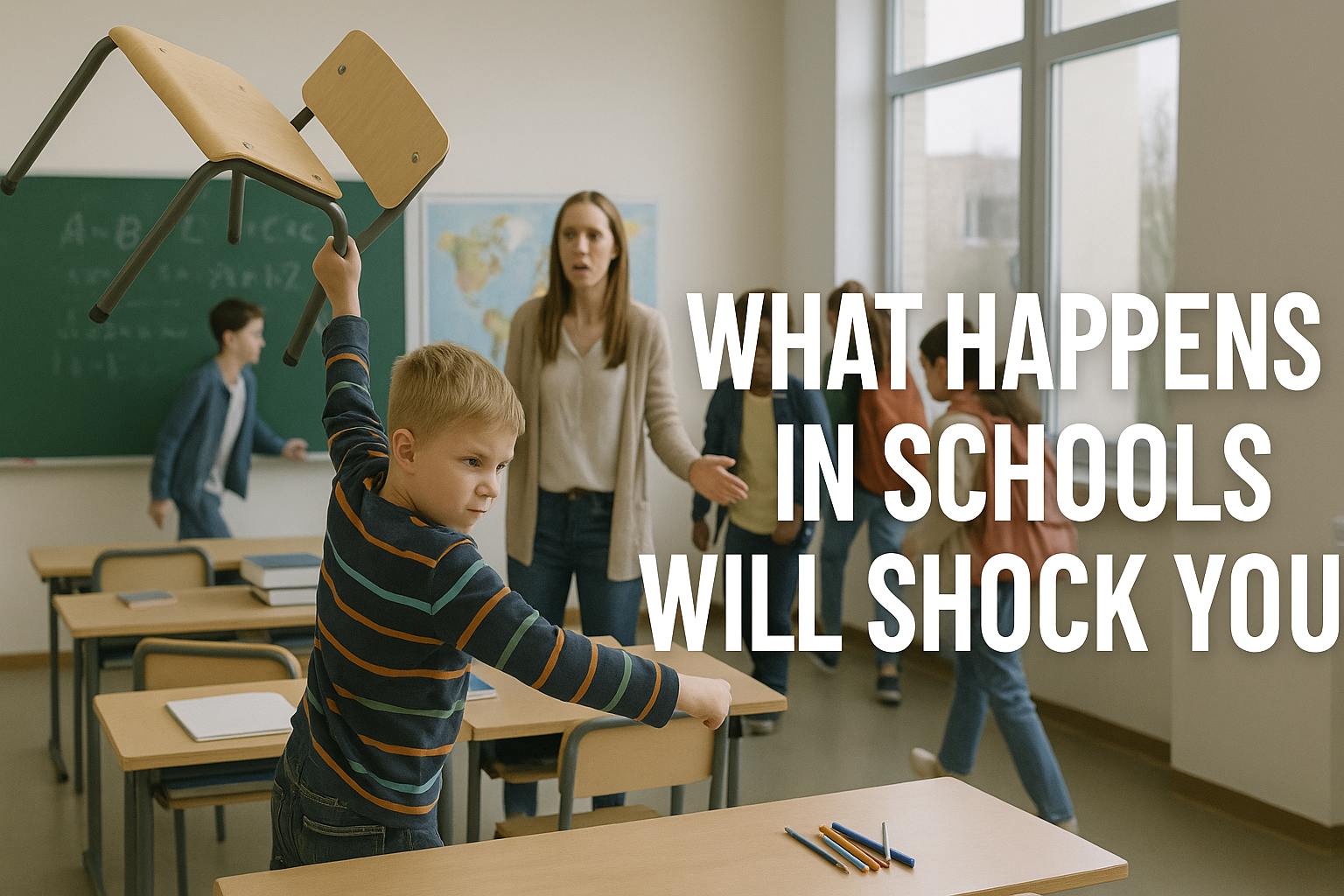What Happens In Schools Will Shock You
We have pathologized typical behaviors while excusing the inexcusable.
Teacher burnout is (largely) not a teacher problem. It is a leadership and policy problem. Policies and procedures set the tone for what is tolerated. When behavior standards blur, boundaries vanish, and teachers are oft blamed for what the system refuses to address.
Across the country, classrooms are being evacuated while a single child destroys the room. Chairs fly. Desks topple. Books scatter. Teachers and students are struck, shoved, or hit by thrown objects. The rest of the class stands in the hallway, waiting for the chaos to end. Minutes later, they are told to return and pick up where they left off, as if nothing happened.
Educators call it a “room clear.” It has become so common that the term barely shocks anyone anymore and districts now have policies to guide teachers, students, and families on what to do when, not if, it takes place.
Teachers are not leaving because they lost their calling. They are leaving because they are being asked to work in unsafe, unstable conditions with little clarity and even less support. Nearly 45 percent of teachers leave within five years, and student behavior is now one of the top reasons.
This crisis was avoidable. It is the direct result of what leadership, policy, and greater society allows.
1. The Real Crisis Isn’t in the Classroom
Real inclusion begins with perspective. Understanding trauma should make us more global, not more fragile.
Teacher burnout is (largely) not a teacher problem. It is a leadership and policy problem. Policies and procedures set the tone for what is tolerated. When behavior standards blur, boundaries vanish, and teachers are oft blamed for what the system refuses to address.
Many educators are told to be more “trauma-informed,” and even receive training on how to be this, yet they are working in environments where unsafe behaviors are normalized under the banner of compassion. What we allow becomes what we accept. What we accept becomes who we are as a school system.
The problem isn’t that trauma-informed practice exists. The problem is when it becomes a moral fashion, practiced without self-awareness. When entire Western systems talk about “safe spaces” while ignoring the structural comfort they already enjoy, they lose the humility that true empathy demands.
Real inclusion begins with perspective. Understanding trauma should make us more global, not more fragile.
2. Lowering Standards Doesn’t Heal Students
Compassion without limits is not compassion. It is permissiveness; the abandonment of responsibility and accountability.
In recent years, schools have drifted toward permissive behavior management under the guise of being "trauma-informed", "inclusive", "empathetic", or "caring" . Actions that once required immediate response (like physical aggression or violence) are now met with negotiation, emotional check-ins, or even silence.
Understanding students is essential. Excusing harm is not. Students need structure, not uncertainty. They need boundaries that make safety predictable. The erosion of standards has created confusion for teachers and chaos for students.
Compassion without limits is not compassion. It is permissiveness; the abandonment of responsibility and accountability.
3. The Neurodiversity Connection
Kids thrive on consistency. Standards matter.
Neurodiversity reminds us that learners experience the world in diverse ways. It invites leaders to build school systems that honor those differences. But honoring differences does not mean lowering expectations.
The Universal Best Practices for All Learners (UBP) framework begins with Tier 1 consistency-the daily preventive systems that reduce escalation before it starts. Predictability and clear expectations are especially important for neurodivergent learners.
When schools blur standards in the name of understanding or trauma, they harm the very students they intend to protect. Every child, neurodivergent or not, deserves a calm and structured environment that communicates, “You belong here, and you are safe.”
Kids thrive on consistency. Standards matter.
4. Leadership Determines What Is Tolerated
Teachers cannot enforce what leadership will not defend.
Aggression toward teachers is rising. Classroom destruction is treated as an expected risk. But these patterns persist because leadership allows them to.
A superintendent or school board can spend millions on curriculum, professional learning, and mental health programs, but none of it will matter if behavior expectations are unclear or inconsistently enforced.
Policies define culture. If the policy bends, the culture breaks.
Teachers cannot enforce what leadership will not defend.
5. Prevention Is Leadership
Prevention is not reaction. It is design.
Preventing burnout begins with clarity and courage. It begins when superintendents, principals, and school boards decide that empathy and accountability belong together.
The UBP and Collaborative Intelligence frameworks call leaders to design systems that are both humane and firm. Prevention looks like:
Clear Tier 1 behavioral standards across every building.
Consistent administrative response to aggression and disruption.
Ongoing training that unites staff around shared norms.
Leadership that models composure and conviction.
Prevention is not reaction. It is design.
The Question for Every Leader
What happens in our schools reflects what we choose to tolerate. If we continue to call chaos compassion, we will lose the very people who make learning possible.
The question is not whether teachers can handle it. They already have. The real question is whether leaders will finally have the courage to stop it.


